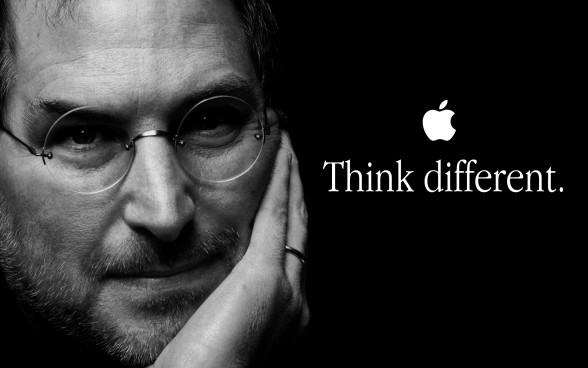What are the world’s leading brands and how do they achieve that leadership? Are there lessons that we mere mortals can learn from the titans of global commerce?
Each year, publications like Forbes, Barron’s, and Money, and organizations like Interbrand and BrandZ, compile rankings of the most admired, respected, and popular brands in the world. Looking back over the various 2011 rankings, I started to think about what goes into brand leadership and what we can learn from it.
For starters, I noticed that a few companies turned up on every list even though each ranking uses a different methodology. For example, Barron’s polls investors while Money surveys businesspeople and Interbrand, like BrandZ, measures brand value to consumers. Of course, it makes sense that investors would value a brand that’s attractive to consumers. But the lists are not identical, so there’s more to it than that.
What are the real “uber-brands”? Well, the list probably won’t surprise you – top brands are always and obviously familiar names. Apple, Google, Coca-Cola, and McDonald’s turned up on every top-10 list I reviewed. Apple was ranked number one on most lists and Google was in everyone’s top 5. Microsoft and IBM were included on every list but one. Amazon ranked highly, too, and was the fastest riser on most lists.
So, a current master list of top brands looks like this:
- Apple
- Coca-Cola
- McDonald’s
- Microsoft
- IBM
- Amazon
One temptation would be to notice the prevalence of tech companies. However, a successful tech company doesn’t automatically create a top brand. Remember Atari, Compaq, and Wang? Moreover, companies like Apple, Amazon, and Google are not merely tech companies, they are among the world’s leading entertainment and content brands. On the flip side, McDonald’s is now one of the leading Wi-Fi hotspot providers in the world.
For me, what ties these brand leaders together are the common threads of continuous innovation and an astute feel for consumer sensibilities. These companies are continually changing, growing, and improving – that’s the innovation part. And they always seem to grow in a direction that appeals to consumers. Specifically, consumers today increasingly want to see “passion before profits.” By that I mean that while consumers surely appreciate value and success in a brand, they also prefer responsible corporate citizens with sustainable and healthy products and practices; they respond to sleek design and ease of use; and they will line up for excellence in quality and customer service.
Believe it or not, even investors rank some of these qualities ahead of profits. In the Barron’s survey, investors ranked business strategy, ethics, competitive distinction, and quality of management over revenue and profits when sizing up top brands.
In the case of Apple, Google, and Amazon, success has been meteoric following some bold innovations. In the case McDonald’s and Coke, the story has been more about maintaining brand status by continuously adapting to changing consumer needs.
In Part Two of What Leaders Can Learn from the World’s Best Brands, we’ll look at some the specific innovative strategies and “passion before profits” principles that have guided these brands to the top. In Part Three, we’ll look at the leadership of these companies and their stewardship of the world’s best brands.









Great article & analysis! It is particularly insightful that the top brands allow consumer tastes/wants to fuel their growth! Looking forward to part two! And three!!
Mark thank you! Great post! I will share it in my blog´s audience. Love to read the second part!
Fantastic insights! Increasingly, focus is on customer needs and wants for sustainable growth and improvement. I’m looking at application of these principles in a school setting. Looking forward to parts two and three.
What a wonderful work of this fantastic team.
The articles are complete in themselves.
The insight and knowledge gained is great. you have made my day Mark. the lord enrich you.